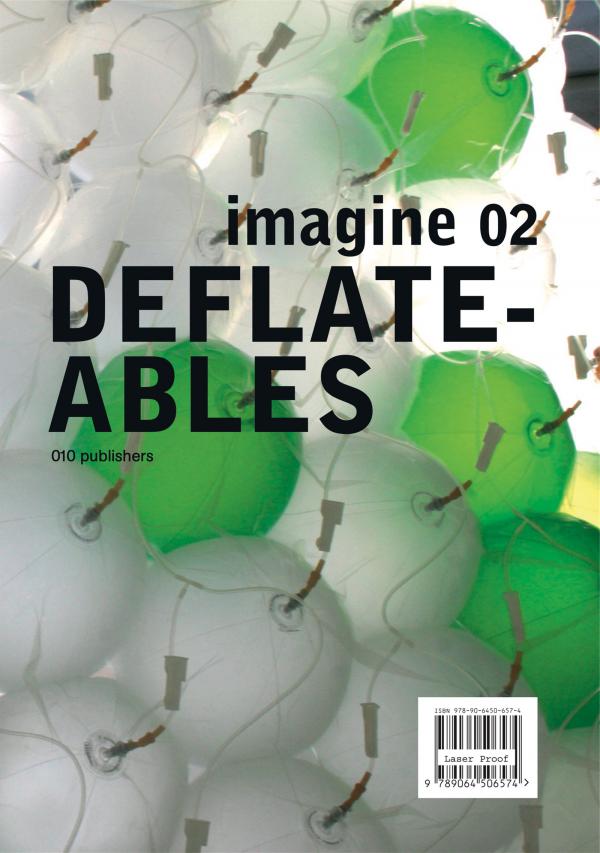
Synopsis
Pneumatic structures have been thoroughly investigated and developed during the 1960s. However, the energy crisis and aesthetic developments stopped the process of employing these structures as a mainstream construction method. Nowadays these structures are typically used in special areas of architecture and design. Imagine-Deflateables concentrates on the very limited knowledge of vacuum constructions and develops a range of aesthetic, technical and functional design possibilities. Until today, there has been a very limited number of designs developed and realized using pressurized constructions – despite the fact that this technology could lead to positive aspects: the air pressure of the earth can be used as a stabilizing and form-giving parameter, creating a specific and inspiring shape. In addition, the very nature of this technology offers varying degrees of thermal and acoustic insulation. There are of course weak points such as potential leakage and the need for high pressurization of the construction; but new material technologies and specific structural concepts will provide solutions to overcome these issues. Exploiting the possibilities of extremely light and, at the same time, energetically active constructions, deflateables are one of the promising fields of architectural and design developments. The chance to create structures that can move and react to requests such as user and climate requirements as well as formative demands, lifts this topic onto the level of a realistic and usable technology for as yet unknown design possibilities.
References
M. Ashby, H. Shercliff, D. Cebon: Materials: Engineering, science, processing and design, Butterworth Heinemann, Oxford 2007
W. Blondeel, Deflatable Bridge - Vacuum Construction: MSc Thesis TU Delft, 2007
B. Burkhardt, E. Schaur, K. Bach: IL 9 Pneus in Natur und Technik: Institut für leichte Flächentragwerke (IL), Stuttgart 1977
B. Burkhardt, C. Thywissen, IL 19 Growing and dividing pneus: Institut für leichte Flächentragwerke (IL), Stuttgart 1979
R.E. Collins and T.M. Simko: Current status of the science and technology of vacuum glazing, School of Physics, University of Sydney
J. Gilbert, M. Patton, C. Mullen, S. Black, Vacuumatics: 4th year research project Queens University Department of Architecture and Planning, Belfast 1970
T. Herzog: Pneumatic Structures, Crosby Lockwood Staples, London 1977
F. Huijben, F. v. Herwijnen, G. Lindner: Vacuumatic prestressed flexible architectural structures, Structural Membranes Conference, Barcelona 2007
U. Knaack, T. Klein, M. Bilow, T. Auer: Principles of Construction – Façades, Birkhäuser Verlag, Berlin 2007
W. Nerdinger: Frei Otto – leicht bauen, natürlich Gestalten, Birkhäuser Verlag, Basle 2005
L. Nijs: Meerlagen model, Department Building Physics, Delft University of Technology 2001
F. Otto et al.: Natürliche Konstruktionen, Stuttgart 1982
A. Ritter: Smart Materials in Architektur, Innenarchitektur und Design, Birkhäuser Verlag, Basle 2006
C. Schittich (Hrsg.): Gebäudehüllen – Konzepte, Schichten, Material, Birkhäuser Verlag, Basle and Edition Detail, Munich 2001
J. Schlaich, R. Bergermann: Leicht weit, Light structures, Prestel Verlag, Munich 2003
W. Sobek: Vacuumatics – Deflated forms of construction, Detail Vol.10, pp.1148-1160, 2007
M. v. d. Voorden, L. Nijs, H. Spoorenberg: Simulation of sound insulation properties of vacuum Zappi Façade Panels, Seventh International IBPSA Conference, Rio de Janeiro 2001





